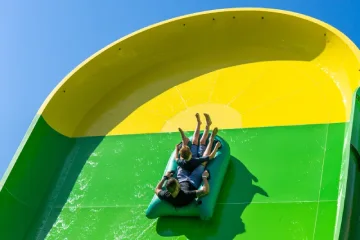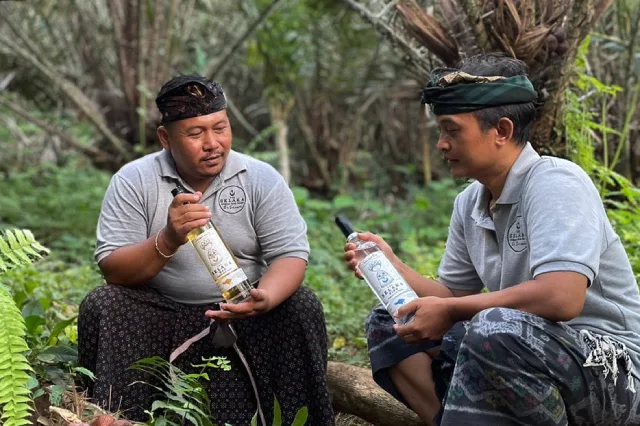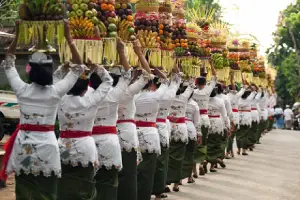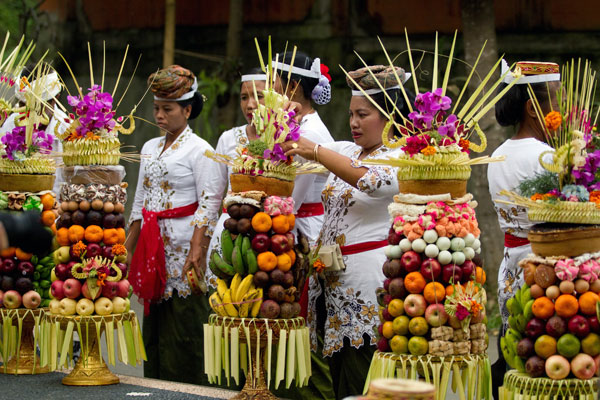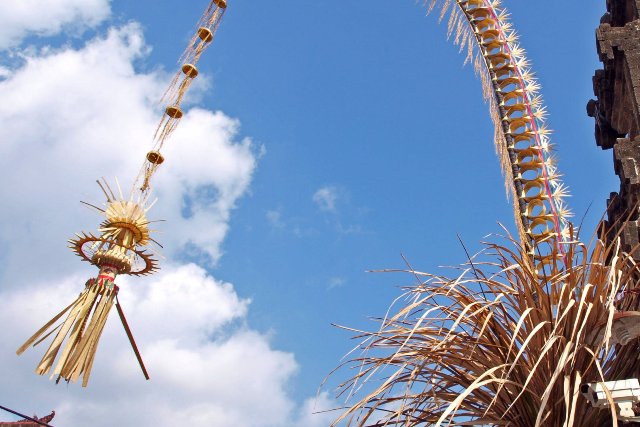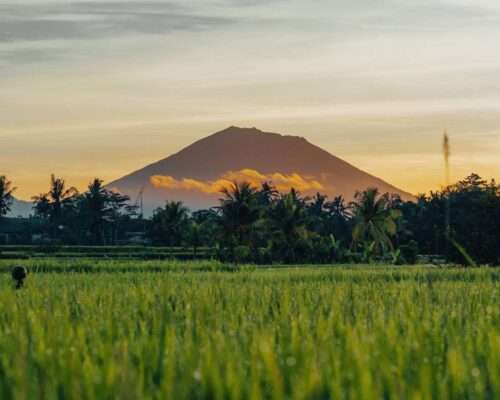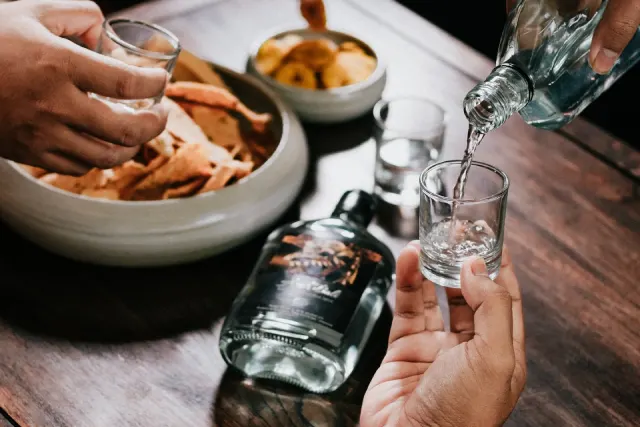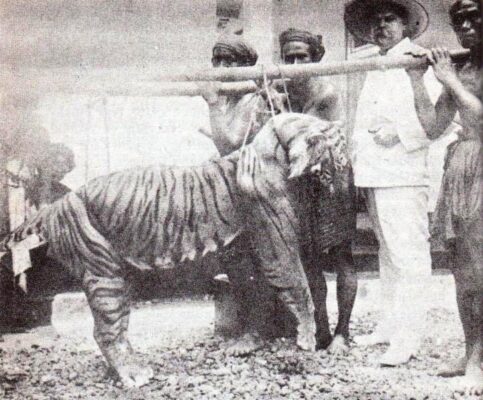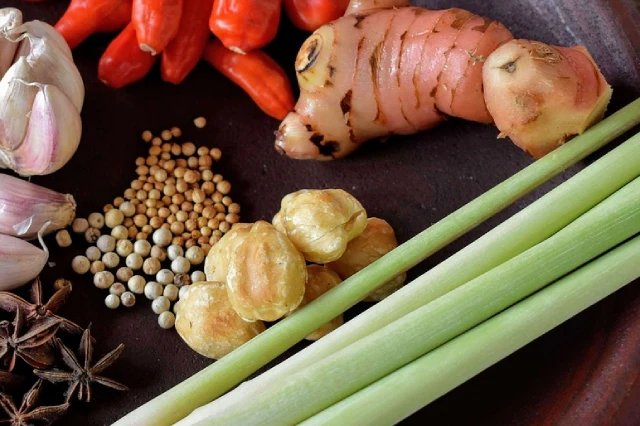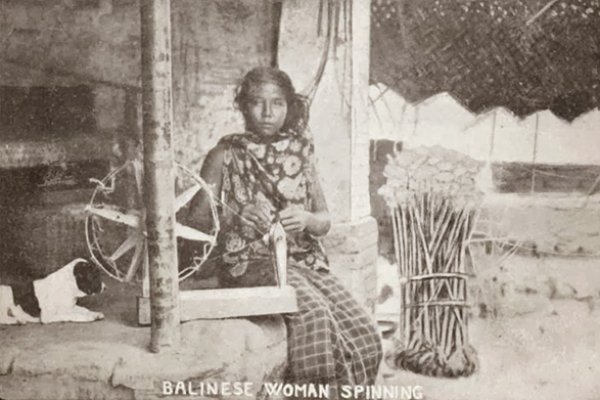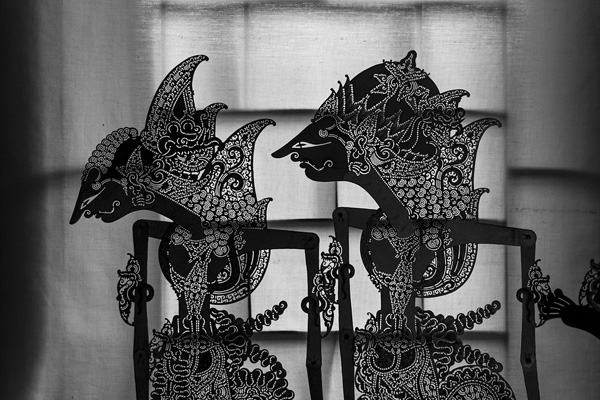Things to Do in Bali
Jatiluwih – The stunning beauty of rice terraces
Jatiluwih area has always been known as one of the regions in Bali that produces great quality of rice. Located in the highlands (700 meters above the sea levels), and nearby the second tallest volcano in Bali, Mount Batukaru. It spans more than 53,000 hectares agriculture fields covered mostly with rice terraces. The area has hilly contours with fertile soils and offers an incredible scenery for photographs. Back in the day, the locals did not realize they have shaped nature into such a spectacular way that would be protected as a UNESCO Heritage Site. Today you’ll find Jatiluwih to be one of Bali’s must-see attractions, an iconic landmark that’s worth a visit for sure.
Jatiluwih – a mystical place
There are stories of Jatiluwih that are both historical and mythological, some are still told and to some extend believed today among the local community. One said folklore explains that Jatiluwih is derived from the word “jaton” and “luwih”, jaton meaning charm and luwih meaning good, so it can be interpreted Jatiluwih is a village that is filled with goodness, like a lucky charm. Another explanation for its name is that Jatiluwih was once a burial area of Jatayu (a mythology creature/ demi-god in the form of a Garuda bird). At that time, Jatayu was often also pronounced as Jatonayu, which somewhat sounds similar to Jatiluwih.
Because of its popularity in earlier centuries, there were many people with diverse backgrounds such as Brahmana, Ksatria, Wesia and Sudra visiting Jatiluwih from other areas of Tabanan. They also built some temples such as Pura Luhur Petali, Pura Luhur Bhujangga Waisnawa, Pura Rsi, Pura Taksu and other sacred places in the nearby area.
Visiting the Jatiluwih Traditional Village
Once Jatiluwih began to become more recognized by visitors from abroad, the local community wanted to make the area more accessible to visitors while also making sure that it is protected from any potential negative effects of tourism. Jatiluwih village is now one of the traditional villages showcased as a tourist attraction and is overseen by the government.
Visitors can learn about the concept of agricultural tourism, rice terraces, the subak system, and join various activities of farmers in Jatiluwih. You can volunteer to be a farmer for a day by doing; hoeing, Nampadin (cleaning procession for rice field), Ngelampit (plowing rice field), Melasah (leveling the soil of the rice field), Nandur (planting the rice), etc.
Other activities include trekking, hiking and cycling through the rice fields when you visit the village, as it is a beautiful and refreshing experience. There are some cosy, cafes, warungs, and restaurants with signature dishes that is sourced using fresh produce grown only in Jatiluwih.
When best to visit Jatiluwih?
If you are planning to visit Jatiluwih, it is recommended to arrive in the morning around 8:00 am until 10:00 am. Usually, this area will become very busy during lunch hours. During afternoon, the rice terraces would often turn misty with low hanging clouds that hinder the spectacular view, but it has its own charm. Due to the high level of altitude, it can indeed rain in this area often. Visitors are advised to bring raincoats or umbrellas when visiting Jatiluwih.
Visit between February to April, as in these months the rice stalks are starting to grow and you will be able to witness the green-yellow carpets of rice terraces. During June – July (called Sasih Sada), you will be able to see farmers harvesting their crops on site.
In Bali, the frequency of rice harvests depends on the rice planting cycle and the type of rice being cultivated. The two main types of rice grown in Bali are “wet rice” and “dry rice,” each with its own planting and harvesting seasons.
Wet Rice Cultivation:
- Wet rice, also known as “sawah,” is the most common type of rice cultivation in Bali. It requires irrigation and is grown in flooded fields.
- Planting Season: Wet rice is typically planted during the rainy season, which begins around November and lasts until March or April.
- Harvesting Season: The harvest season for wet rice usually takes place about three to four months after planting, during the dry season. Therefore, wet rice is typically harvested from February to June.
Dry Rice Cultivation:
- Dry rice, also known as “tegalan,” is a type of rice cultivation that relies on rainwater and does not require flooding the fields.
- Planting Season: Dry rice is usually planted during the dry season, from May to October, when there is no need for extensive irrigation.
- Harvesting Season: Dry rice is typically harvested about three to four months after planting, during the rainy season. Therefore, the harvest season for dry rice falls between October and January.
It’s important to note that these time frames are approximate and may vary slightly depending on factors like weather conditions and local agricultural practices. Additionally, some regions in Bali might have different planting and harvesting schedules based on microclimates and local customs. Rice harvesting is a significant event in Bali’s agricultural calendar and often involves communal efforts where neighbors come together to help each other with the labor-intensive process.
Rice Terraces in Bali
Terracing is one of the methods in agriculture management, that is created to make agriculture possible on lands that have a steep contour, such as the highlands and mountain slopes. Bali’s known for the Subak irrigation system that is considered sacred and culturally important and has been developed all over the island since the 11th century.
The system is developed based on the Hindu religion’s beliefs of being in harmony with nature in order to yield optimal results upon harvesting. This is manifested due to the Tri Hita Karana philosophy, a philosophy of maintaining balance between man, nature, and the Creator. Since 2012, Subak has been listed as one of the UNESCO cultural world heritage sites.





